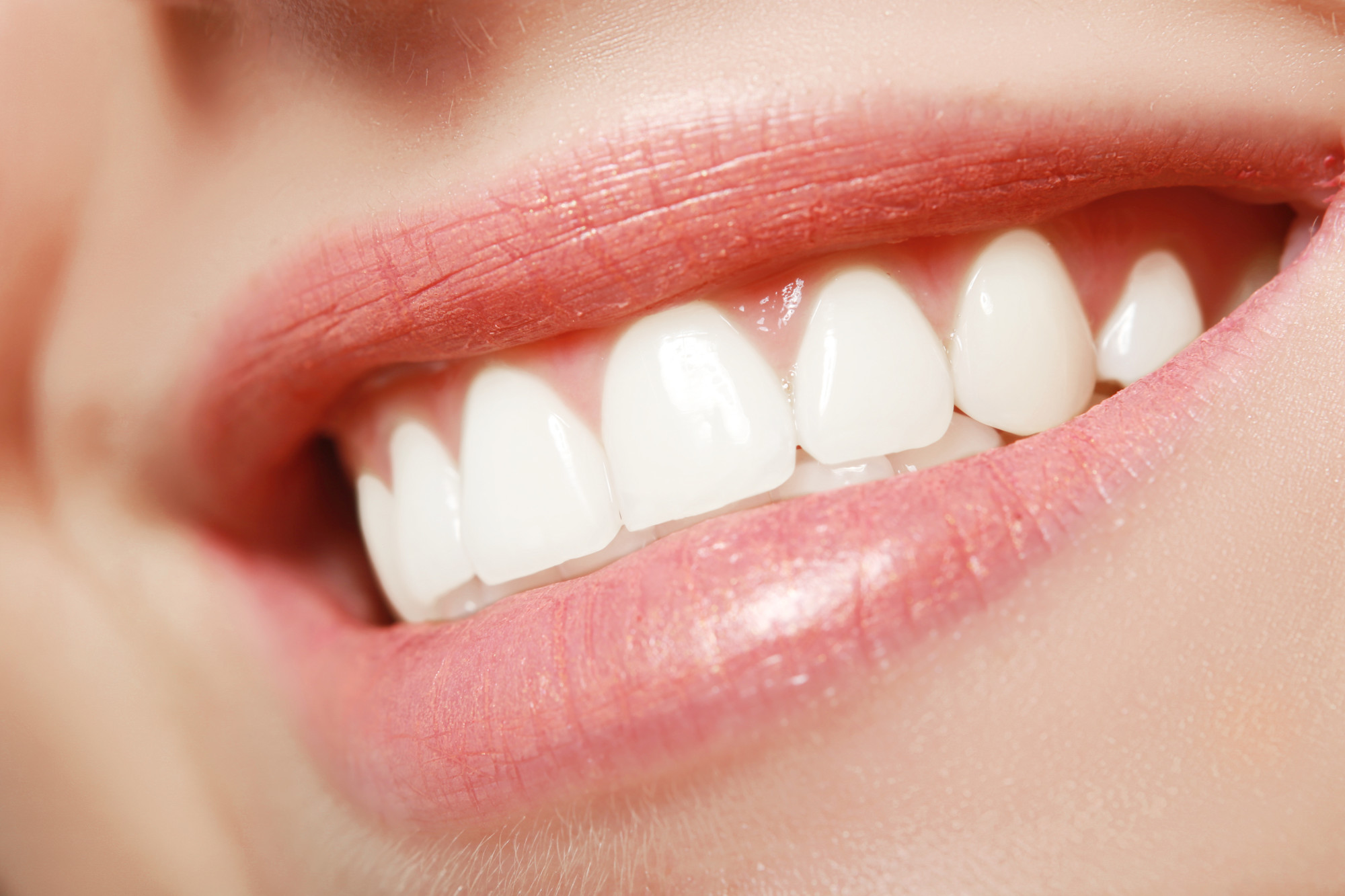Did you know that modern braces have been around since the 19th century? They were invented by Christophe-Francois Delabarre in 1819.
Fast forward to today, and they’ve become one of the most common dental treatments available. In the United States alone, nearly 4 million people wear braces, according to the American Association of Orthodontists.
And there’s more than one type that you can choose from.
Interested? Want to learn more about the various options for teeth straightening? If so, you’re in luck, because that’s what we’ll be going over in this post.
Keep reading to learn more about the topic!
1. Metal Braces
Traditional or metal braces are the most common type of braces among children and adolescents. They consist of several components, including brackets, wires, bands, ligatures, and elastics, all of which work together to move your teeth into the ideal position.
If anything, they’re the most effective solution for overcrowding, misalignment, crooked teeth, underbites, overbites, and other orthodontic issues.
Not only that, but they work quickly. What’s more, is that they’re affordable with a price range of $3,000 to $8,000 (and they’re often covered by insurance).
With that said, they do have their drawbacks. For one thing, they’re highly visible and can make some feel self-conscious about their appearance. You’ll also have to visit the orthodontist every month for regular adjustments.
2. Invisalign
Invisalign is a type of orthodontic treatment that uses clear, removable aligners to straighten teeth. They usually cost between $3,000 to $7,000.
The orthodontist will start by creating a 3D image of your mouth and jaw. From there, they’ll create a series of customized trays, which will apply pressure to your teeth, gradually moving them to the desired position.
For the best results, you’ll need to wear the trays for 20 to 22 hours each day. And every week or two, you’ll need to switch them out for a new set.
While there are no age restrictions, they’re not usually prescribed to children, as they’re more likely to remove the trays when they shouldn’t (more about Invisalign for kids).
3. Ceramic Braces
Ceramic braces are similar to traditional braces in that they involve brackets and wires. The former, however, are made from translucent materials, which makes them less noticeable. Studies have also shown that they lead to less accumulation of plaque than metal braces.
As a result, they tend to be more expensive (they can cost up to $2,000 more than traditional braces).
And while they move teeth slower than metal braces, they work faster than clear aligners. Generally speaking, you’re looking at a treatment period of about 18 to 36 months.
The Different Options for Teeth Straightening
There are various options for teeth straightening, each of which has its own pros and cons. At the end of the day, it all depends on your preference (and the severity of your case). For those who are interested, consider talking to an orthodontist.
If you liked this post, be sure to check out the rest of our health and fitness section!
